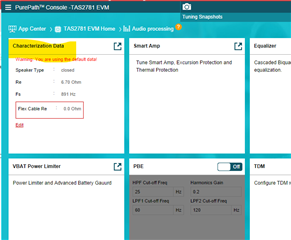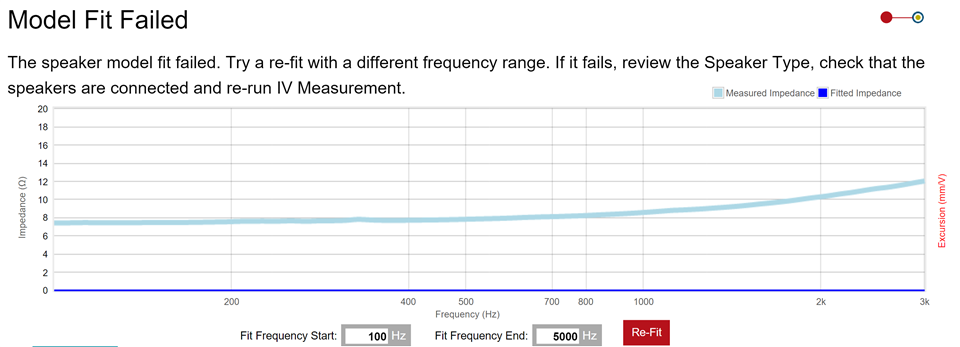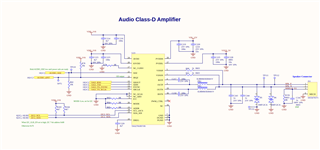Other Parts Discussed in Thread: TAS2781, PP-SALB2-EVM
Tool/software:
Hey,
We are using TAS2781RYYR to control our speaker, a transducer. It seems that we are experencing some issues with audio tuning. Please let me know if you could help.
Regards,
Richard Han
408-6918148




